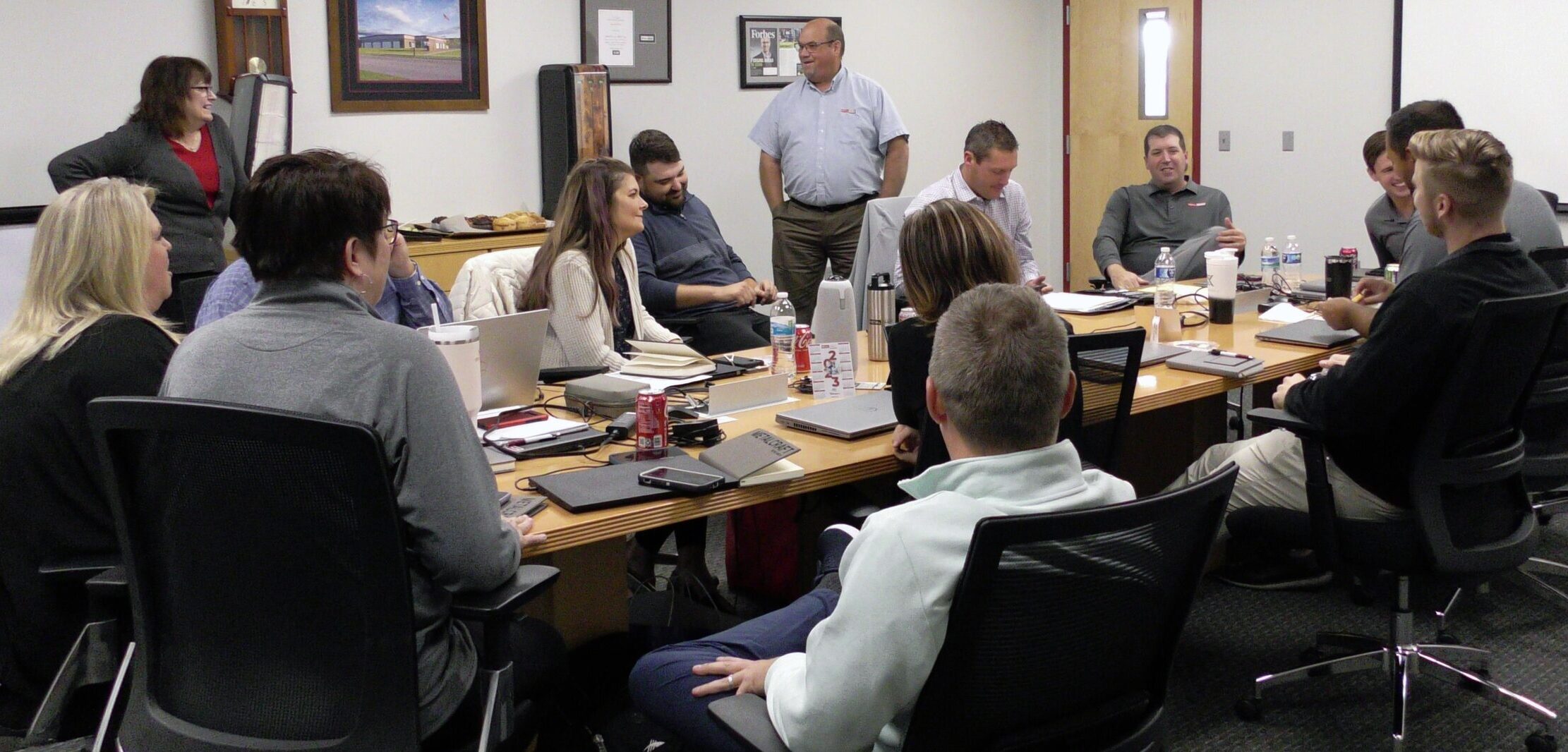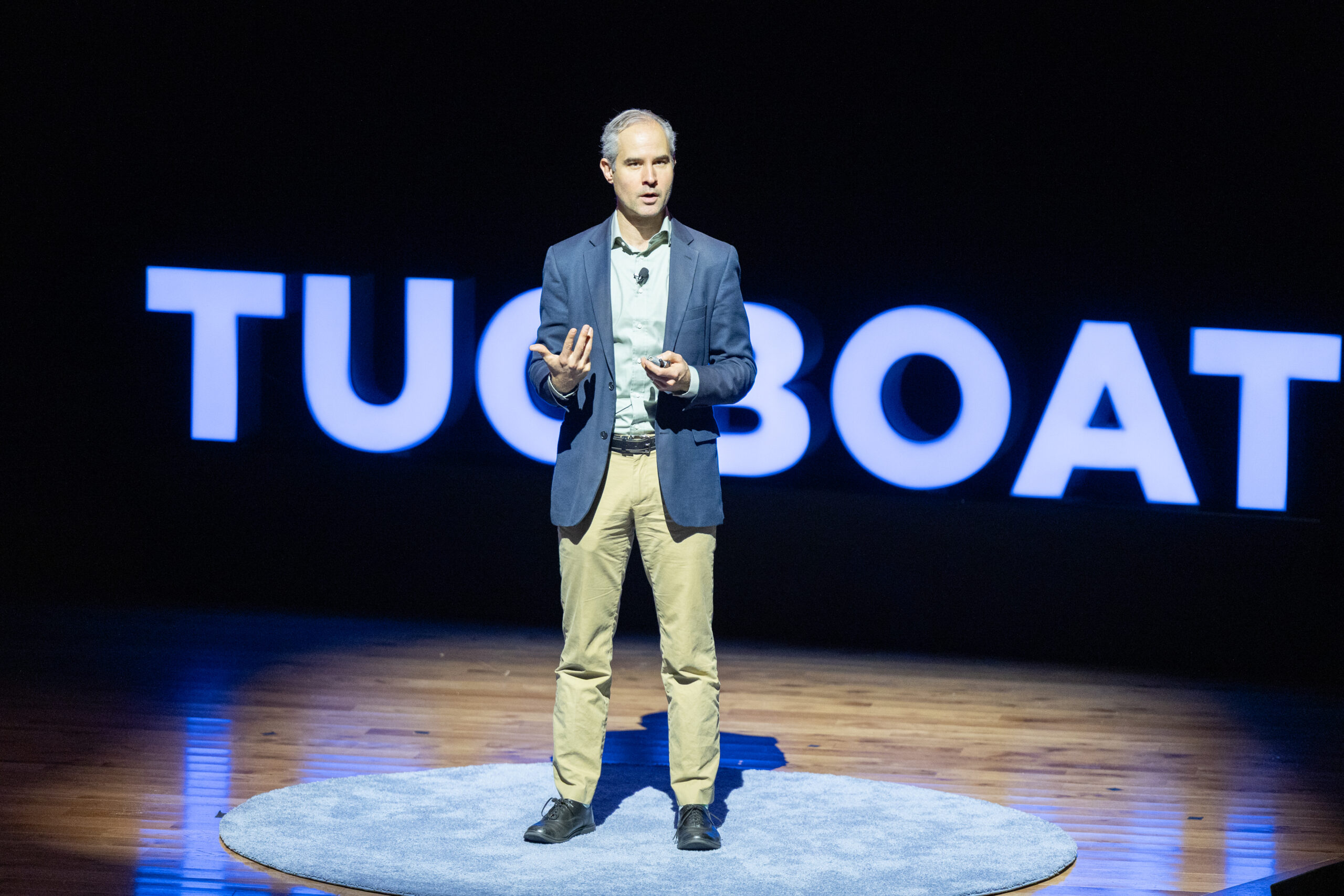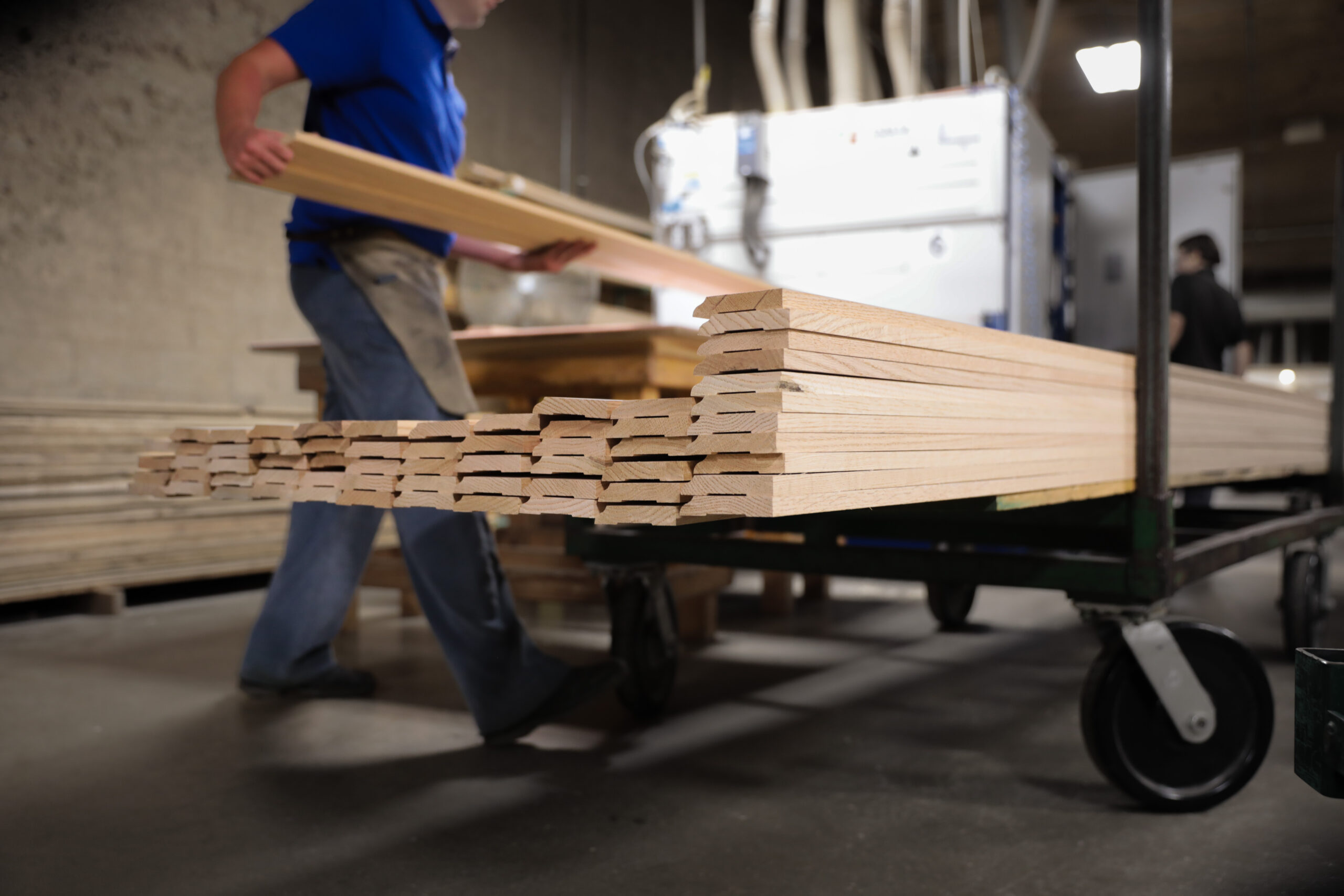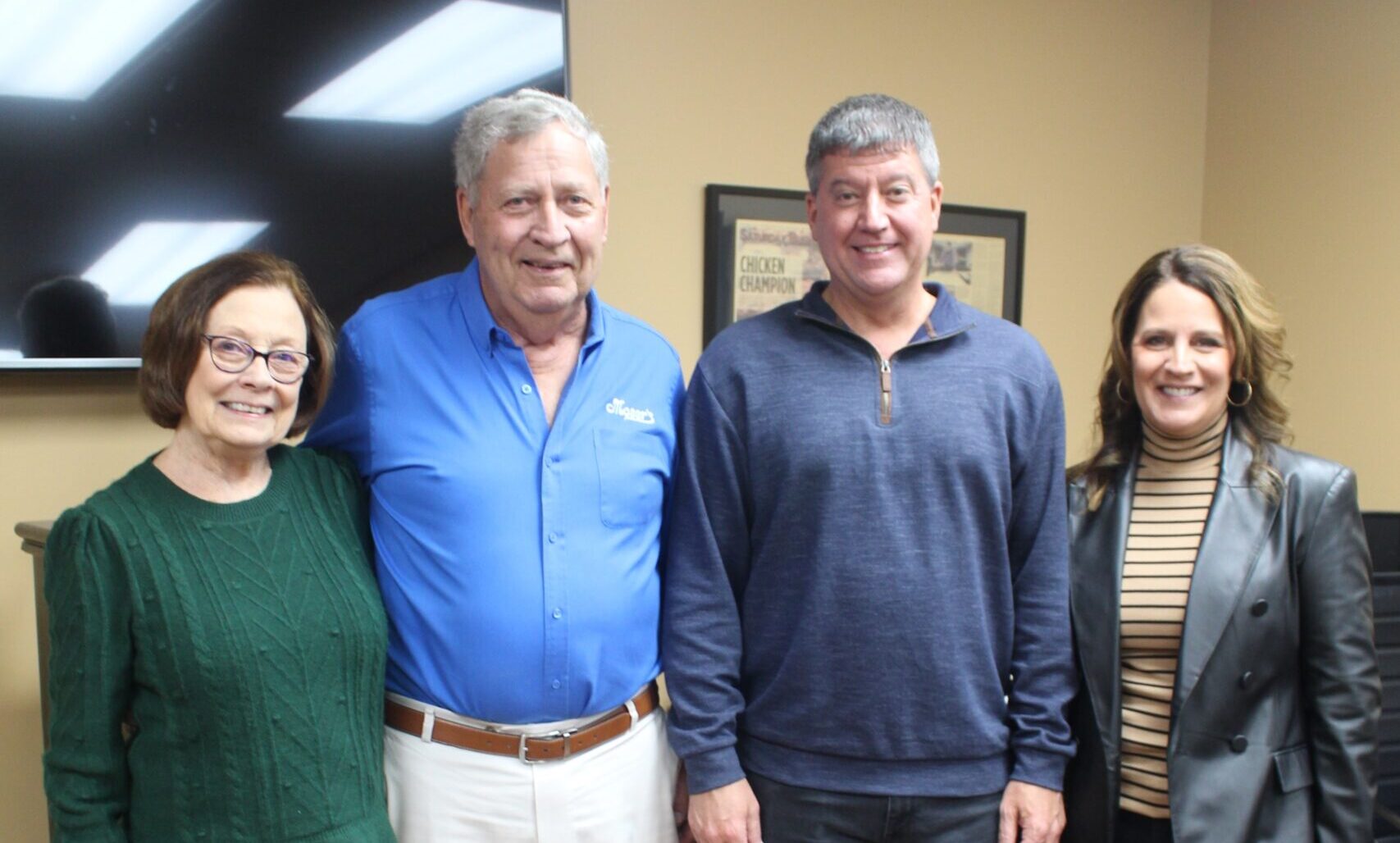

Optimize Pragmatic Innovation by Granting Permission to Dream
- Kyle Bermel
- Metalcraft
Creating and implementing innovation within a company is critical to ensuring sustained growth and longevity. To optimize Pragmatic Innovation, new ideas can’t come from just one person; diversity of ideas and the vetting of ideas by people with a variety of perspectives and skill sets helps ensure that blind spots are seen, creative ideas come to light, and new ideas are born. I am sure that most every company leader agrees with this, but how to make it happen is another thing. At Metalcraft, we have decided that there is no such thing as being overly intentional about this.
Back in 2014, I was a Radio Frequency Identification (RFID) engineer at the company, and not yet in senior leadership. I was on the product development team, and our objective was simple: develop new products. Nevertheless, I watched as great new ideas appeared, plans were created, and then they struggled to come to life. I wondered if we could do something to fix whatever was preventing their forward progress.
The product development team was not charged with bringing new ideas to the table, so that part of the process was relatively unstructured. I went to our CEO, Steve Doerfler, who is a Tugboat Institute® member, and said, “I think we should create a standalone innovation team.” I explained that the purpose of this new team would be distinct from the product development team in that it would be charged with generating new ideas for improved products or processes. We would evaluate new technology that was coming available in the marketplace, and we would consider how we could utilize it at Metalcraft. As compared to the product development team, it was more outwardly oriented; we would look outside of Metalcraft’s areas of activity and offer recommendations to the product development team. That was in January of 2014 and after going through the process with the leadership team, it was approved. We had our first meeting in February of 2014.
The new team had a charter, and our stated objectives were fourfold.
1. Evaluate evolving technologies and markets.
2. Generate new ideas for manufacturing processes.
3. Generate new product line options.
4. Instill an innovation-minded company culture.
We sought to brainstorm and most importantly, challenge the status quo. Initially, we met once every two weeks and then moved to monthly meetings and updates depending on what was going on. It was very free flowing; we created structure around when the meetings took place but left a lot of freedom around the rest so we could modify when it made sense.
I think the spirit of the group was important. The freedom on how we met, what the meetings were like, and how we generated ideas left plenty of space for new thinking to emerge. In terms of who was in the room, we included people from throughout the organization and I think that’s a key piece. It wasn’t just people who were product focused or manufacturing focused; we had people from IT, sales, and even product development on the team.
When we launched this group, to the end of establishing an innovation-minded company culture, we also established an Innovation Rewards Program, allowing all employees to submit their ideas for consideration. It wasn’t a perfect process; while ideas poured in, not all received the necessary attention for execution. After a few years of this, it became clear that a pile of new ideas was not enough; someone had to own each new idea to get it to fruition. Therefore, in 2019, we launched a second team, the innovation implementation team. Their job was to take the ideas, and specifically the processes generated by the innovation team, and make them a reality. Now we had a complete system. New ideas came from everywhere and flowed to the innovation team. This team served as the gatekeepers to approve those ideas that were worth pursuing and reject those that weren’t. From there, approved ideas for products flowed to product development and ideas for new processes flowed to innovation implementation.
Was it successful? Definitely, yes. Through this work, we were able to launch multiple patented products out of the innovation team. We even launched a new business unit out of that team.
A couple examples of great innovations at Metalcraft that came out of this innovative process are Gray Trunk RFID, and an innovation on the manufacturing floor. Grey Trunk RFID is a product that emerged as a standalone SaaS asset tracking software for small to medium-sized businesses. Despite not being utilized internally, it has become a successful product for external markets. The second was a process refinement that allowed our manufacturing floor to go almost entirely paperless. This involved giving every member an IPAD, allowing us to move all of our previous paper files to a digital form. This shift has made the team more efficient and better up to date.
When we created these two teams over time, we were not seeking to fix something that was broken. Rather, we were trying to find ways to be better at what we were already doing. The new teams are composed of employees already at Metalcraft – no one new was brought in to do this work. However, by creating the structures and the charters for these two groups, we were inviting our team members to shift the lens through which they looked at ideas, products, and processes. We gave each team a specific purpose and then we gave them the freedom to pursue that purpose in the way that seemed most effective to them.
It’s not only been effective in terms of improving our performance with respect to Pragmatic Innovation, but it has also been a culture add for the team. More people have been invited into the innovation conversation and process and the energy and excitement generated by the Innovation Rewards Program has been great. We have continued to evolve this program, and today we have an award called the Smeby Award which goes to one person, at the end of each year, who submitted the most successful idea for an innovation. The award is named for our previous owner, who was incredibly innovative. It has become a great end-of-year recognition tool.
What all of this has proven to me is that you always have to keep adapting and evolving, not just for your business but also for your team. Even our innovation team has continued to change how we do things, due to new technologies or how people prefer to interact. When we look back at 2014, it’s not that the freedom wasn’t there, it just wasn’t articulated. No one had said, “Hey, you can go and dream whatever you want.” Now we have.
A final example that captures the spirit of all this work is something we call California Dreaming. It’s a whiteboard in one of our areas that the innovation team owns, and if any employee has an idea, they can just go write it on the board. As a leadership team, we committed to looking at all ideas. Permission to dream has been a game changer for us, in terms of both innovation and also people. It’s made us a better company.
More Articles and Videos

Leading Through Uncertainty – Tugboat Institute® Summit 2025
- Jackie Hawkins
- Tugboat Institute

Why Employees Quit and How to Use Evergreen® Principles to Keep Them
- Michael Horn
- Clayton Christensen Center for Disruptive Innovation

Get Evergreen insight and wisdom delivered to your inbox every week
By signing up, you understand and agree that we will store, process and manage your personal information according to our Privacy Policy




